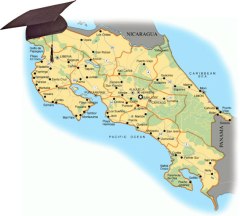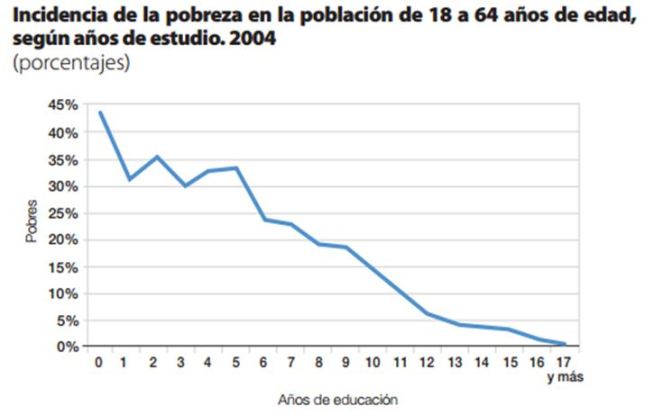For this second part of the pain test we had to find people with the problem (market participants), experts, and other sources. Once we’ve done this, we had to ask them the same six questions we answered on the previews post. Finally, we have to find out how well do their answers match ours?
Before I tell you the results, lets remember the hipotesys (the problem) again:
The problem
There is a population segment that for different reasons (economic, social occupational, geographic location, time, etc.) hasn’t been able to start, continue or finish their education. This condition prevents them to obtain a better job and improve their life quality.
Eduaction in Costa Rica
 As my Idea is to focus a solution for Spanish speakers and I am Costa Rican, I narrow down my research to my country (which is small enough to be consider as a whole).
As my Idea is to focus a solution for Spanish speakers and I am Costa Rican, I narrow down my research to my country (which is small enough to be consider as a whole).
I found at several sources (see references below) that the problem I am researching about begins at High School. According to The Costa Rican Public Education Department (MEP for its abbreviation in Spanish) on 2011, only 66% of the students between 16-17 years old are at some level of the Costa Rican educational system.
This desertion is produced “not only be economical problems but also because there is a lack of interest by the students on their formal education” (CONARE, 2005). MEP states that students are skeptical regarding the return of the investment of their education (MEP, 2010), and that there is a gap between the educational program and the company’s needs.
Even though 84.5% of the high school students take English lessons, they are not proficient enough to take advantage of the courses offered free by the sites I mention on The Ed Tech Startup Space post.
The Employment Situation
According to the Continuing Survey of Employment by the INEC (National Institute of Statistics and Census for its abbreviation in Spanish), 11% of the working force is sub employed (works less than 40 hours and are willing to work more time) and 19% is looking for a better job.
At least, 52.9% earns less than one or two minimum salaries. Most are women who live in rural areas with low education. The amount of education is inversely proportional to the economic status.
Poverty incidence for the population between 18 and 64 years old and their years of study. (Poverty on the Y axis, years of study on the X axis)
Meanwhile, unemployment is concentrated in low educational levels, where 78% of all unemployed “has an approved level between full primary and incomplete secondary” (INEC, 2012).
Results of the interviews
 According to interviewees, the lack of monetary resources and time are the main factors why people do not finish their studies. Although, all respondents know the options available to study, agree that these are not the conditions that allow them to study and work full time and / or are not within their means.
According to interviewees, the lack of monetary resources and time are the main factors why people do not finish their studies. Although, all respondents know the options available to study, agree that these are not the conditions that allow them to study and work full time and / or are not within their means.
Regarding what they are willing to do to get the education they needed to complete their studies, respondents say they need to adjust their finances and would be willing to change their job if they had the opportunity to study or get a scholarship.
Conclusions
The sources, market participants and experts interviewed confirm the hypothesis.
The economic problems of time and lack of motivation (caused by the inabillity to see the value of the regular education) are the main reasons why people fail to complete their studies. This directly affects their economy and decreases their chances of studying.
At the end of the interview, I briefly shared with the participants the idea presented in this course. They showed interest and asked to be contacted when I have more information.
References
MEP (2010). Indicadores Educativos. Recuperado de http://www.mep.go.cr/Indicadores_Educativos/15-GRADO-ESCOLARIDAD2.html
Conare (2005). Estado de la Educación costarricense. San José, Costa Rica.
Instituto Nacional de Estadística y Censos (2012). Encuesta Continua de Empleo.
